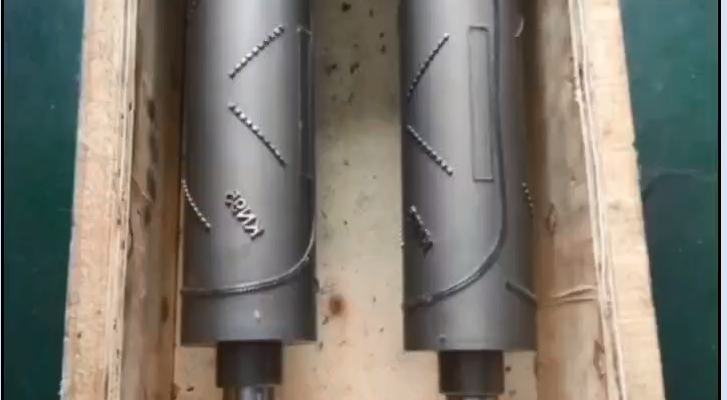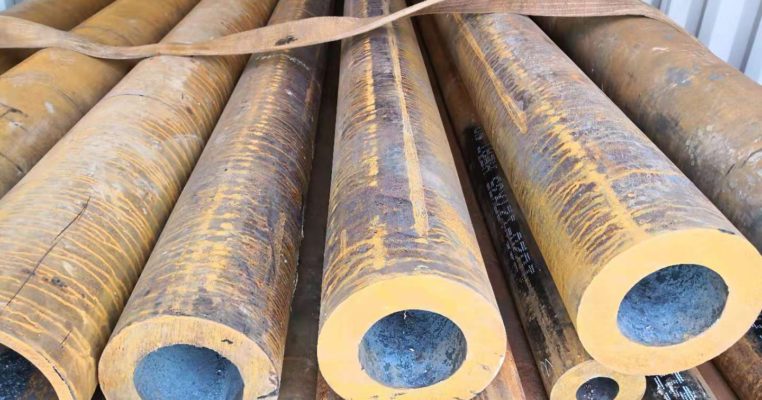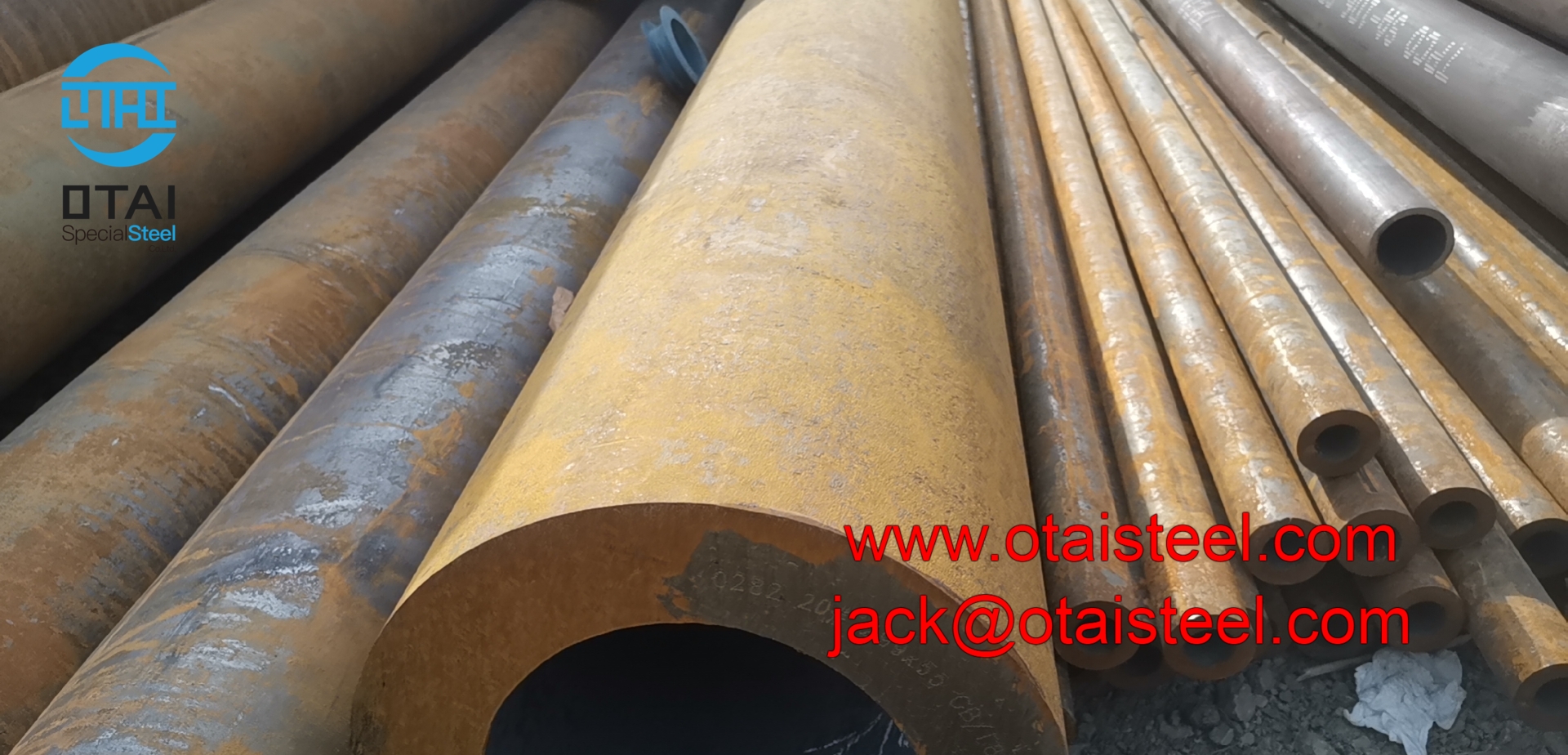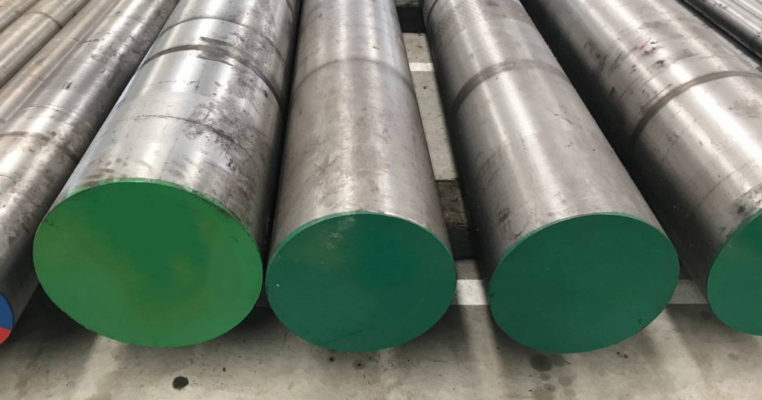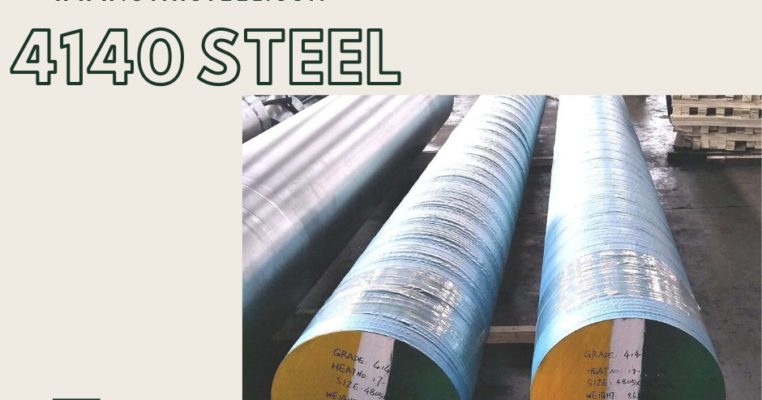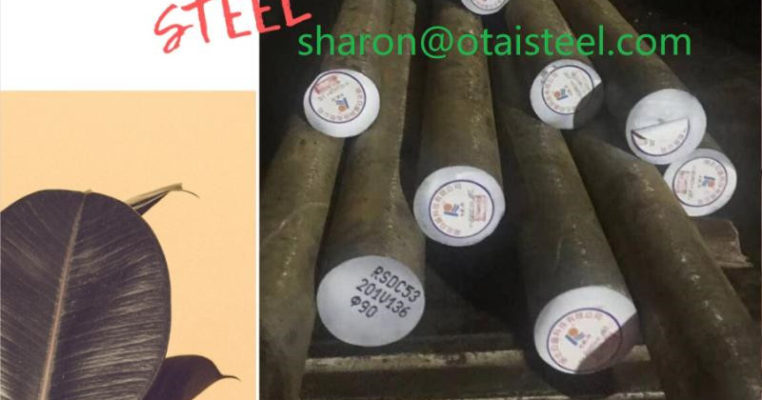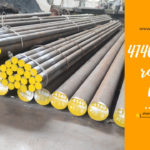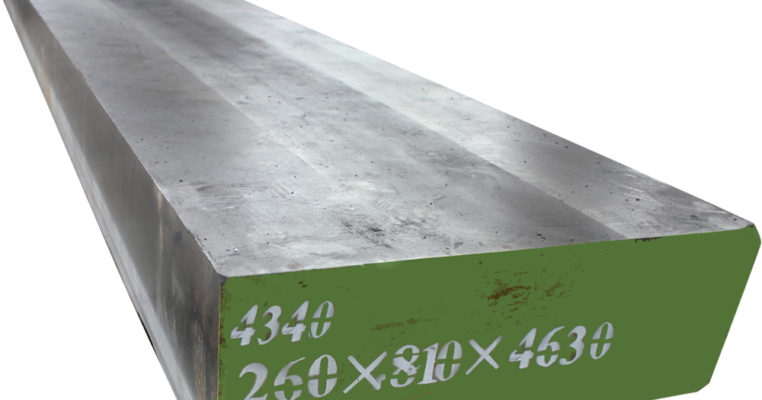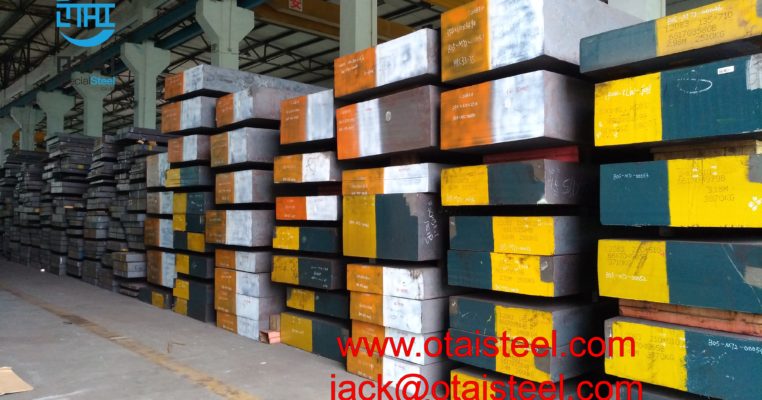In the production process of iron and steel plate products, when the blank is pressed, the surface wrinkle, the surface is not flat phenomenon, is a common punching defect.
This not only leads to the waste of raw materials, sometimes also increases the subsequent scrap, such as automotive stamping parts wrinkle, will directly lead to the welding process after welding poor quality or even welding joint cracking.So how does the wrinkling happen?
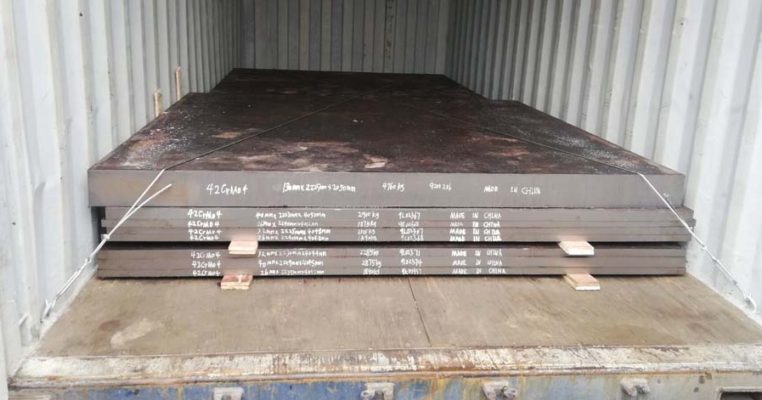
When the steel plate is pressed and deformed, it is subjected to the tensile stress in the plane drawing direction and the compressive stress in the plate thickness direction.Under certain pressure, the thinner the plate, the easier to wrinkle.
At the same time, during the processing, the maximum tangential compressive stress appears on the edge of the flange, that is, the wrinkle on the outer edge is the most obvious.
Product wrinkling mainly from three aspects to find the reasons:
1、Parts design
Is the product model reasonably taking into account the molding problem, is the press bar set too small?Does the place that crinkle easily need to add to absorb crinkle rib?
Solution: increase the bar or change the layout of the bar.Add wrinkle absorbent to scrap section.
2、Process design
A) the pressure surface is loose and tight
Solution: repair the grinding press surface.
B) unreasonable shape of filling surface
Solution: modify the shape of the feed surface to avoid the uneven material flow caused by its shape immobility.
C) reasons for blanks.The blank is too small or the blank is not positioned properly in the mold
Solution: increase the blank size.Improve the blank positioning on the mold so that the mold can accurately press the steel plate.
D) too little pressure
Solution: increase the mandrel pressure.
E) the gap between upper and lower modules is too large
Solution: adjust the gap.
F) the fillet radius of the die mouth is too large, which makes the punch unable to press the material
Solution: reduce the radius of the fillet.
G) too much grease
Solution: apply oil according to the requirements of the operation regulations to ensure the correct position and amount of oil applied
3、Materials
The yield strength of the material is not up to the standard and the material is too soft.
Solution: to ensure the product performance, the use of better formability of materials.
For different cases, specific problems need to be analyzed, but in the final analysis, it is still inseparable from the above principles.With such a train of thought, if encounter corresponding problem again, you do not need to worry about this little wrinkle again!
Ms Sharon Wan
Mobile/WhatsApp: 0086-13580960968
Tel: 0086-769-23190193
Fax: 0086-769-88705839
Email: Sharon@otaisteel.com

